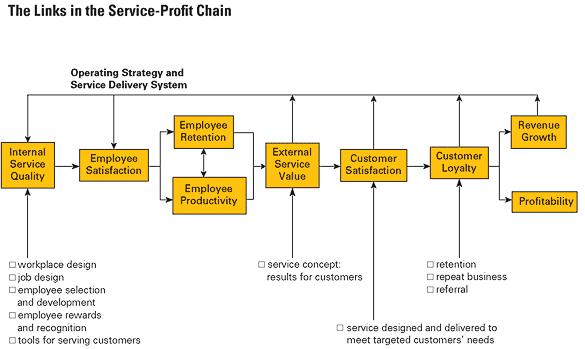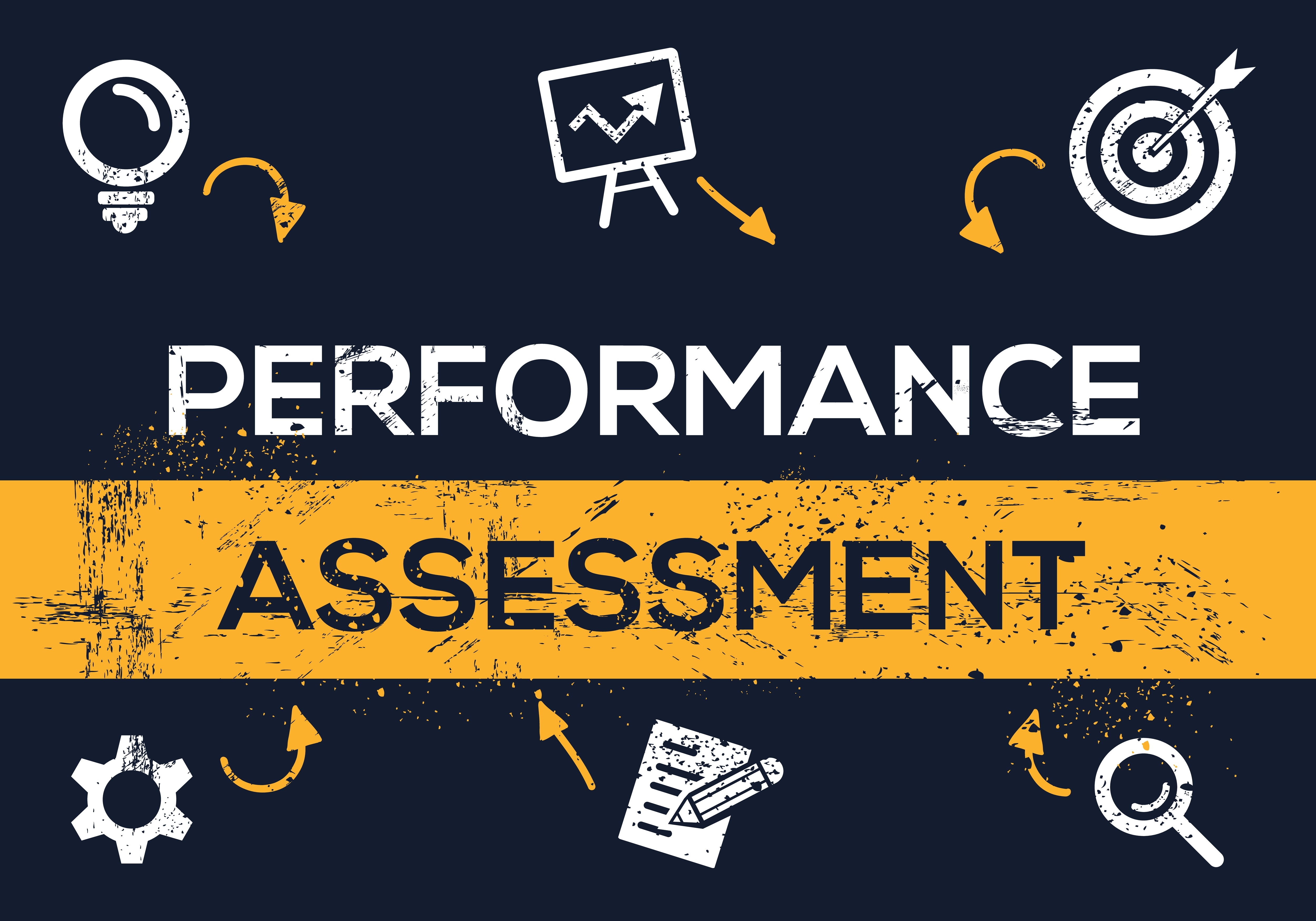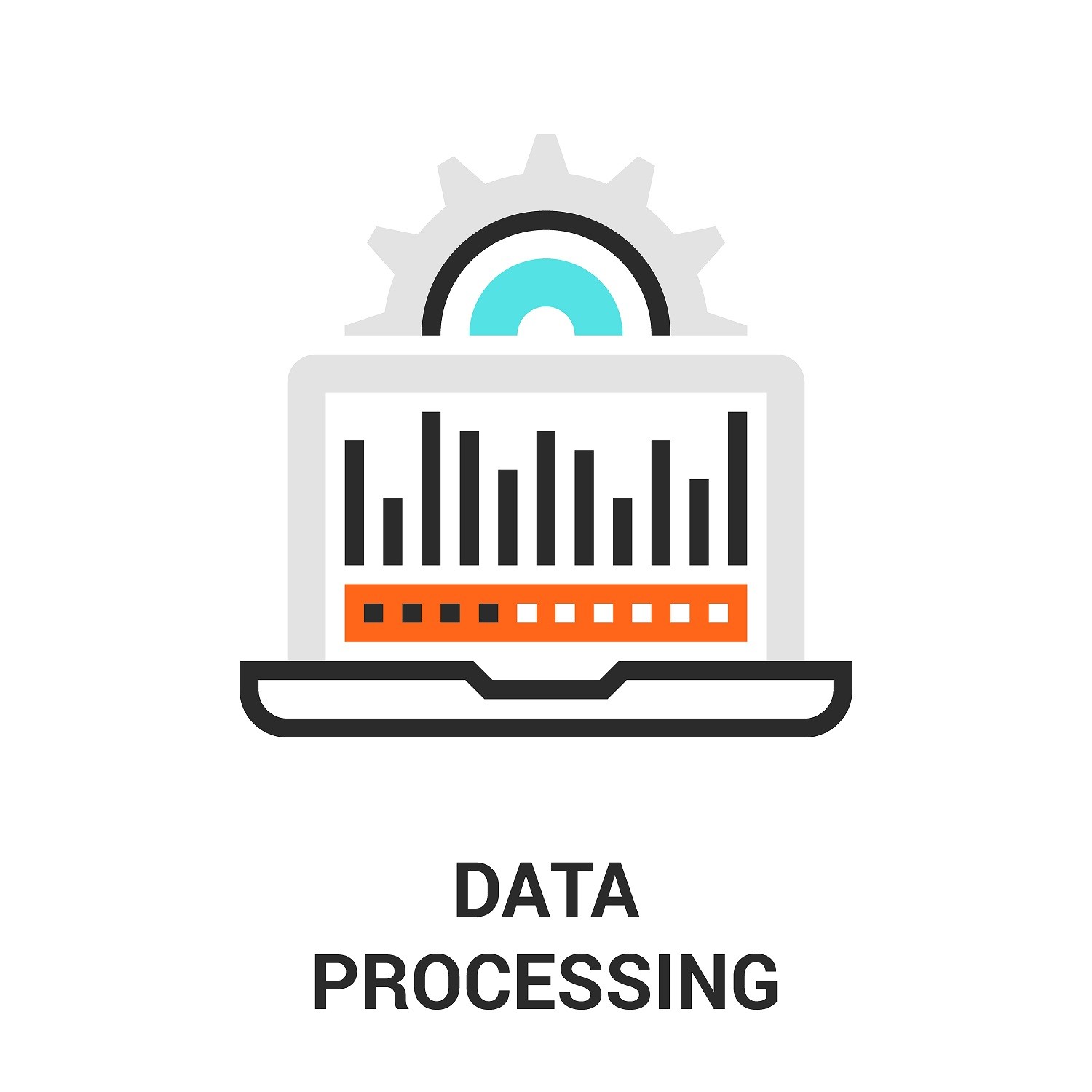Service Profit Chain: internal business features that impact its success
Arguably, the most important of the 7Ps is People; management, staff, customers and other stakeholders. How a company communicates with employees and the kind of workplace that has been designed for them, has a direct impact on those outside the company and the relationship they build with you.
What was it Richard Branson said again?
“Train people well enough so they can leave, treat them well enough so they don’t want to.”
If employees gain real job satisfaction from their roles, they will want to perform well at work, tend to the needs of the customer and ensure the company does well. As we all know, marketing is very much a two-way conversation; when customers are listened to and provided for, they positively react and obtain a connection with the company.
Until recently, I wasn’t aware of just how much customer interactions are impacted by the internal functions and communications of a business. During studies for my CIM Certificate, the Service Profit Chain helped me understand this and opened my eyes to whole new way of thinking.

Image curtesy of Harvard Business Review, 2008.
Internal Service Quality
The first link in the chain refers to how your business looks from the inside. Suggested ways in which companies can see positive attitudes reflected in their employees is by introducing rewards and training schemes. The latter is important to ensure employees gain the practical tools they need to perform efficiently within their roles.
Also, think about your company’s current internal communications. How do you communicate with one another, and could these be improved upon?
Employee Satisfaction
This link is self-explanatory - How your role works and the appreciation you receive from your workplace in return, results in the level of satisfaction you feel.
Employee Retention & Employee Productivity
Arguably the most important link in the chain in relation to the way the company operates. High retention rates come from employee satisfaction – if an employee is happy within their role and the way the company operates, they won’t want to leave. At the other end of the spectrum, if word gets out that rewards and opportunities for employees are high and staff are well looked after, professionals will jump at the chance to work there.
In terms of productivity, if employees are treated well, believe in the values of the brand and are advocates for its culture, they will want the business to do well. Sometimes, staff do this without even realising, from being super organised, to being a friendly voice at the end of the phone at customer service.
External Service Value
Talking of customer service, opinions of a company are formed by the way enquiries or complaints are dealt with. Think of this at every stage of a customer’s interaction with you. Would they receive the same service and level of attention as a new customer compared with an existing customer? This link could ultimately create the impression the target market and your customers take from you and impacts on what they will tell other potential customers. This and whether the product or service they signed up for is delivered as expected.
Customer Satisfaction
Satisfaction comes from meeting customer needs. You could be going one step beyond and providing them with added extras to the product or service they were not expecting, which creates further admiration towards your brand. If a customer is satisfied with your communication and product or service, they will most likely talk about you to others, increasing your potential customer base. Encouraging reviews online for others to see is an easy way to achieve this.
Unfortunately, customers who are unsatisfied can communicate in the same way as those who were happy so it is important your organisation is trained to handle complaints in a timely and fair manner. How these are dealt with will also contribute to your overall satisfaction and if customers are helped, they will remember your actions.
Customer Loyalty
How a customer feels about everything up until now impacts how they will act towards your brand in the future. If customer satisfaction is high and they view your product or service to be unrivalled by that of your competition, they will stay with you, continue to purchase and refer you to others. Although new business is key, we must not forget the importance of our current and past customers, who, having had experience with us, have formed an opinion which they can pass on to others.
Revenue & Profitability
Without the support of staff and customers, a business would not function, so if internal and external needs are met and we listen to each other, a business will do well.
Remember, it doesn’t stop here though. In order to keep this link heading in the direction we want it to, we need to ensure our internal communications, functions and design are continually monitored. Staff are often referred to as our ‘internal customer’ and we must therefore ensure they are kept happy. If a business is doing well, we can then feed some of our profits back into the business and make any changes necessary to improve the working lives of employees.
Hopefully you can now see how much of a reliance a business has on people and how this chain can continuously feed through, each step having a direct impact on the next.
------------
This model was particularly useful in understanding how the internal functions of a business can impact on the outcome. This model is just one of many featured in the CIM Certificate in Professional Marketing syllabus when helping students further understand the importance of integrated communications.



